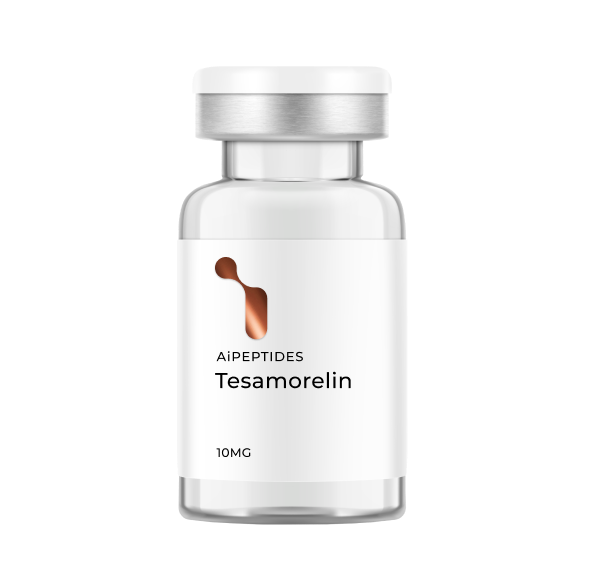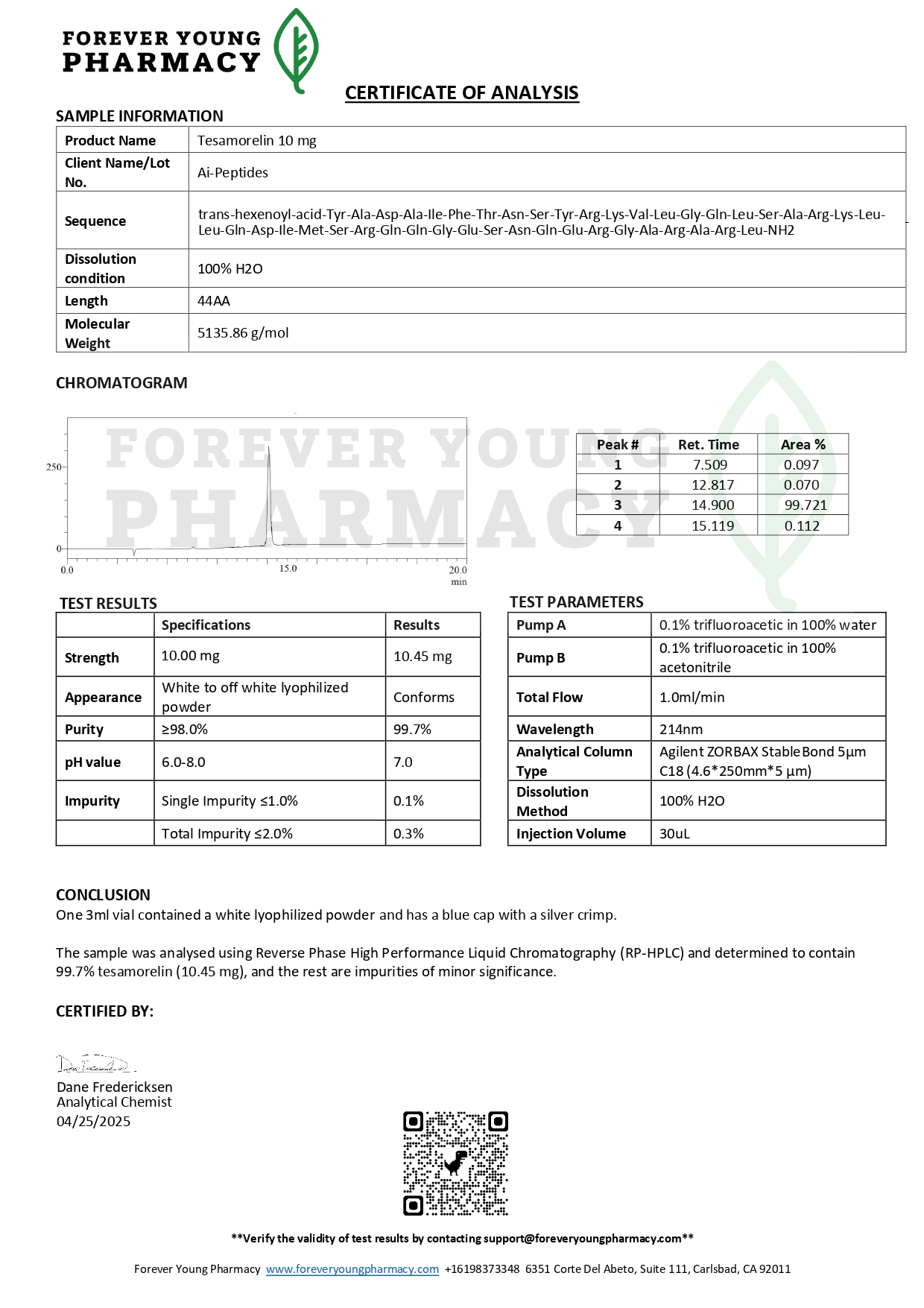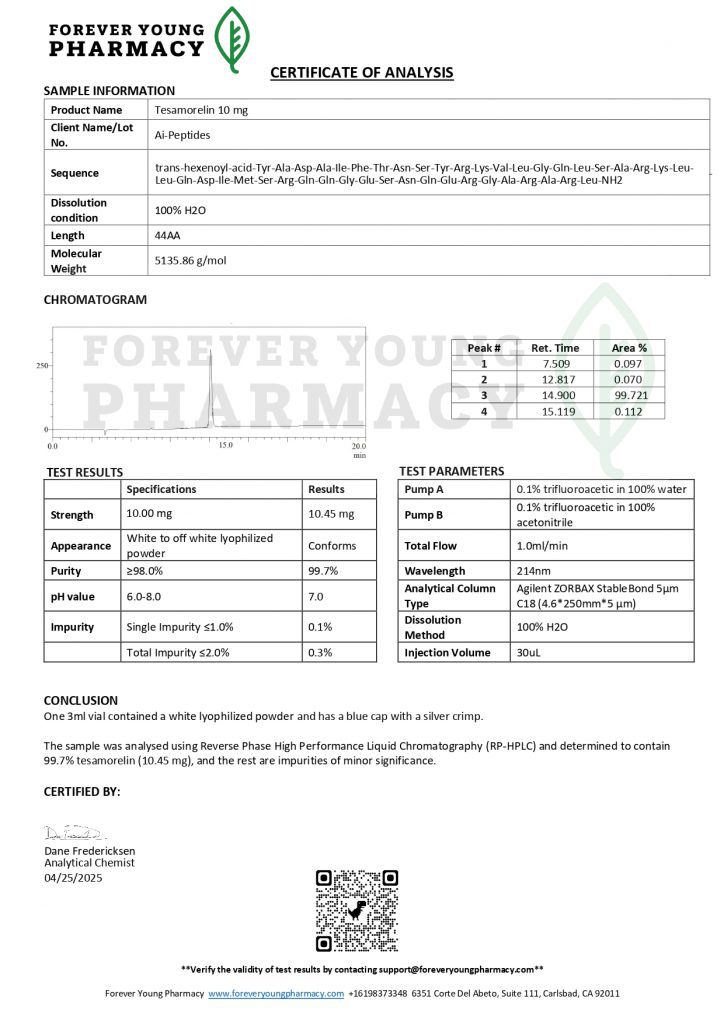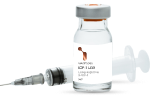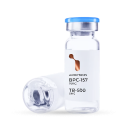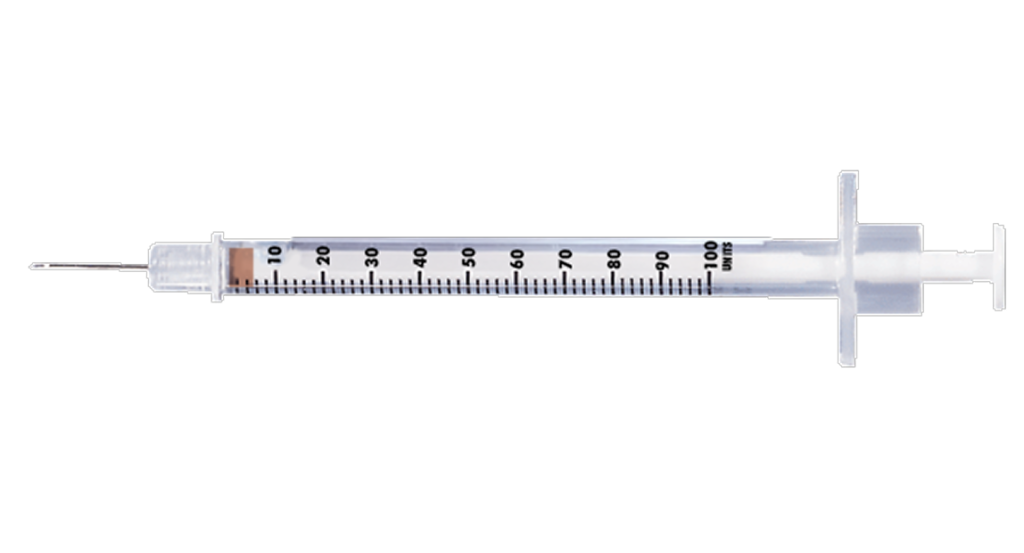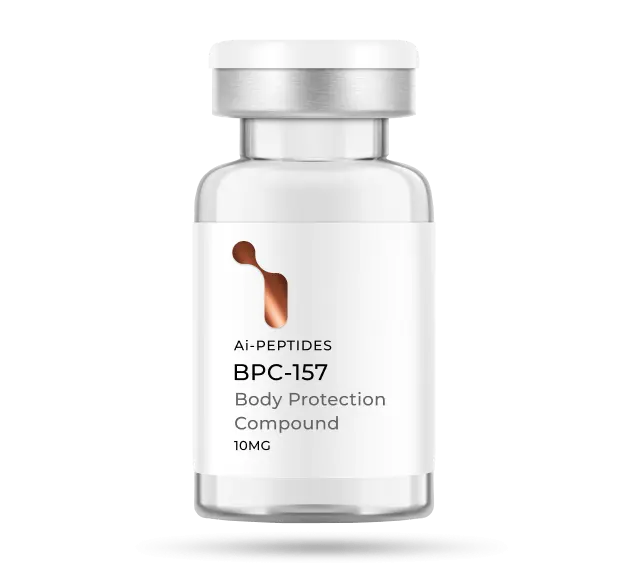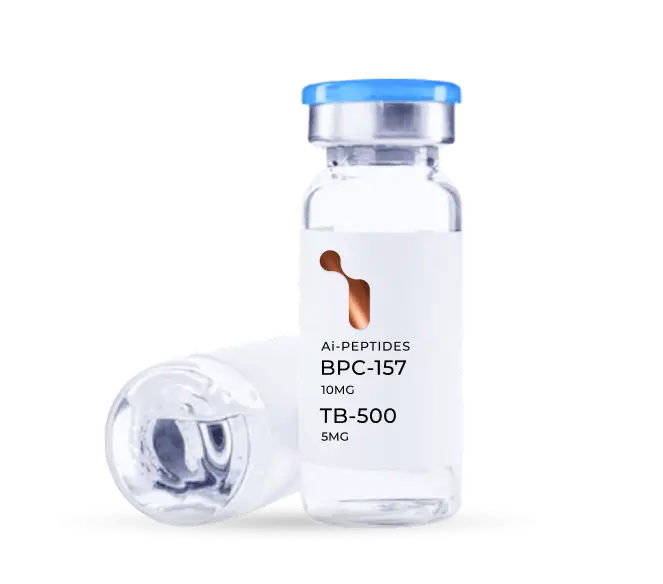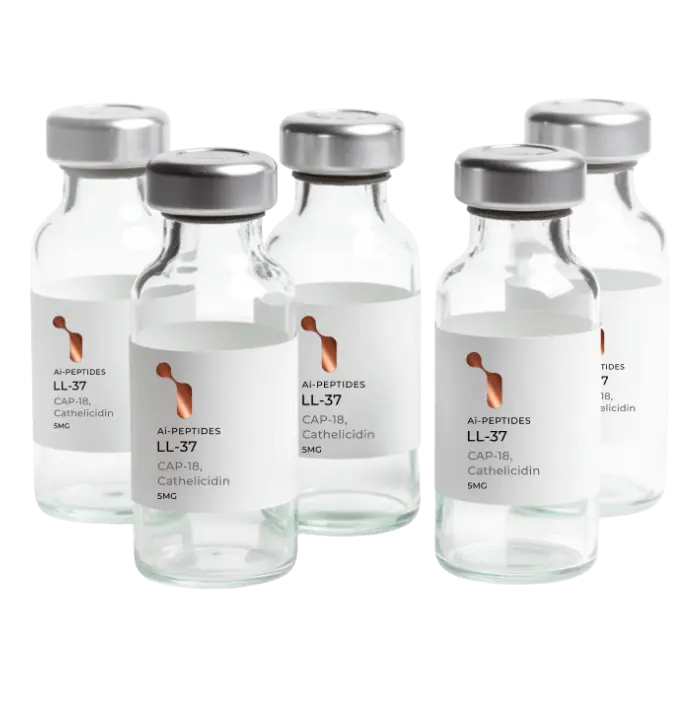Tesamorelin is a lab-made version of the body’s own GHRH signal. In plain terms, it’s designed to nudge the pituitary to release growth hormone in a natural, pulse-like manner, which then influences downstream IGF-1 and a range of metabolic readouts. That “signal-first” approach is why Tesamorelin shows up so often in metabolic and body-composition research.
In research settings, Tesamorelin is discussed around visceral fat (VAT) outcomes, liver and lipid markers, and glucose control after meals. Teams study questions like: how does a GHRH analogue affect fat distribution vs. total weight, what happens to triglycerides and liver enzymes, and how do insulin and IGF-1 move over time? There’s also interest in peripheral nerve health and mild cognitive impairment models—areas where researchers watch for changes in nerve-related measures and cognitive testing. These are research findings, not medical claims, and results depend on model, dose, and protocol.
What makes our Tesamorelin stand out is clean, verified quality. Each batch is identity-confirmed (e.g., mass spectrometry) and purity-checked by HPLC with ≥99% purity (typical). You receive a lot-specific Certificate of Analysis (COA) showing the real test data—proof on paper, not promises.
Consistency matters for reliable comparisons. We keep the same specification and analytical “fingerprint” from batch to batch and track every lot number, so when you reorder you can match the profile you liked and reduce variability in follow-ups and method development.
If you value clarity, documentation, and high purity, Tesamorelin from AI Peptides gives you exactly that—well-characterized material with transparent proof, ready for rigorous lab work.
